World Fine Art Professionals and their Key-Pieces, 297 - Jan Egbert
World Fine Art Professionals and their Key-Pieces, 297 – Jan Egbert
When I visit Jan Egbert a week after the opening of his exhibition in the MLB gallery, I see many red and green dots under his paintings. There is clearly enthusiasm for his work.
In recent years, Jan Egbert found his inspiration in nature: the sparkles on the sea in Patagonia, threatening skies over the Reeuwijkse Plassen, flowers and trees such as the stately chestnut in front of his house. Nature is clearly an important theme, but the way it is depicted is diverse.
Strength versus vulnerability
Jan Egbert: “I walk and cycle a lot, I spend a lot of time outside. I really like nature, but I don’t paint it in one style. By the way, I paint different subjects, but here in the exhibition nature really stands out. What attracts me is the tension between strength and vulnerability. Here you see powerful trees against a sensitive background.
When I look to the left, I see a beautiful painting of yellow flowers that have passed the peak of their bloom. “Those flowers are already decaying. But in all their vulnerability they are very powerful.” What appeals to him about that strength versus vulnerability? “Maybe it has to do with the child-adult relationship. A child is vulnerable, but also has the strength to stand. And an adult seems very powerful, but at the same time has his or her sensitive sides. ”
Jan Egbert takes the polar regions as another example. “There is often inclement weather there. Yet people hold on there. And also nature. That is special. That humanity and nature are able to do that. That touches me.”
Color
He actually owes his breakthrough as a painter to chance. He has been painting since 1983, but from 2004 onwards it took a higher level. “I was unable to walk for a while due to an injury. I filled that time with painting. There was very rapid progress. ” So lucky in an accident. Egbert: “It is encouraging for people who are getting older. That you can put something else in its place of a loved something that you (temporarily) lose.”
It did help that he got lessons. “I have had lessons from many people, including Gertrud Mandelbaum, at the Werkschuit, master classes at the Wackers Academy. At the Pedagogical Academy, which I did from 1980 to 83, I already had good lessons in color and hand skills. That stimulated me to take painting lessons later. Above all, you learn by doing a lot. That way you get experience in looking for the right color, for example. Color is very important to me. ” Jan Egbert uses oil and acrylic paint. “Usually oil on canvas and acrylic on paper, but that is not a Law of Medes and Persians.”
As his key work he calls the work ‘The Moon’. It is a large canvas in brilliant blue with a yellow moon on top. The size is much larger than that of his other work. “The large format is necessary. The blue is ultramarine blue, in addition other blues have been used. Ultramarine is my favorite color. ”
Museums
Jan Egbert also learns a lot from watching. He is a real museum enthusiast. He recently completed a questionnaire asking about museum visits, among other things. The question was how often do you visit a museum a year. “I filled in 50, but it might be 100. Or even more. I often go to art museums, I have been wandering all over Western Europe. I do it with a friend who loves it just as much. Three / four museums a day is no problem. ”
Did it affect his work? “That is the question. Important painters, Rothko and Nolde for example, are great, but I will never be able to paint like them. ” The exhibition features a work inspired by Rothko, a work with blue-gray surfaces. And there is also a Mondrian-inspired painting entitled ‘The Odd one Out’, in Mondrian’s blue, red and yellow, but with a green square. “That is swearing in church for true Mondrian enthusiasts. My art friend hates Mondrian, but he liked this variant. ”
Wrestling
Three other canvases of bare trees, hanging one below the other, have a somewhat Japanese appearance. There was great interest in it. All three have a red dot. “It could have been sold three times. They are bare trees. I think they are wonderful. I photographed them first, in the winter. I always hated taking photographs, but I didn’t have enough time to sketch them. The photo served as a sketch for the painting. ”
Finally, when asked about his philosophy, he says: “Painting is hard work. Working alone too. I make the work at home, at the table. I often find myself completely absorbed in it. Time has disappeared for a moment. At the end of an evening I think: ‘It didn’t work out’. But when I watch the next morning, I sometimes conclude ‘quite nice’. It is a lot of fun and a lot of swearing. That must also remain. I also want to wrestle. But also be able to see good results. ”
Images
1) Marine, 2) Negro sobre azul, 3) Azul sobre rojo, 4, Patagonia 2, 5) Summer is coming to an end, 6) White emery, 7) La luna, 8) Azul sobre blanco, 9) Patagonia 1, 10) Jan Egbert
http://bit.ly/2niXDMK
http://bit.ly/2mHInYB
https://ifthenisnow.eu/nl/verhalen/de-wereld-van-de-amsterdamse-kunstenaar-27-jan-egbert
Disclaimer: The views, opinions and positions expressed within this guest article are those of the author Walter van Teeffelen alone and do not represent those of the Marbella Marbella website. The accuracy, completeness and validity of any statements made within this article are not guaranteed. We accept no liability for any errors, omissions or representations. The copyright of this content belongs to Walter van Teeffelen and any liability with regards to infringement of intellectual property rights remains with the author.

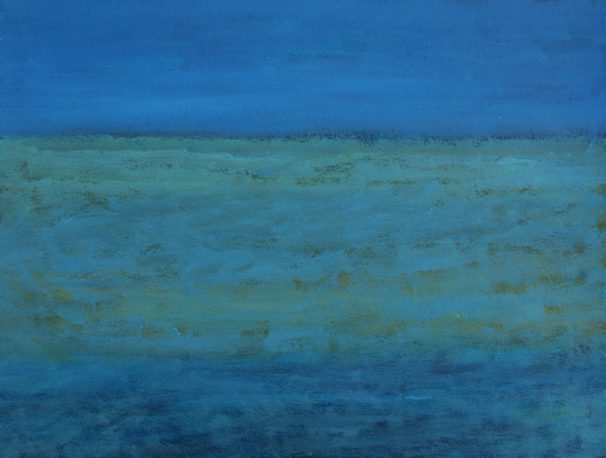
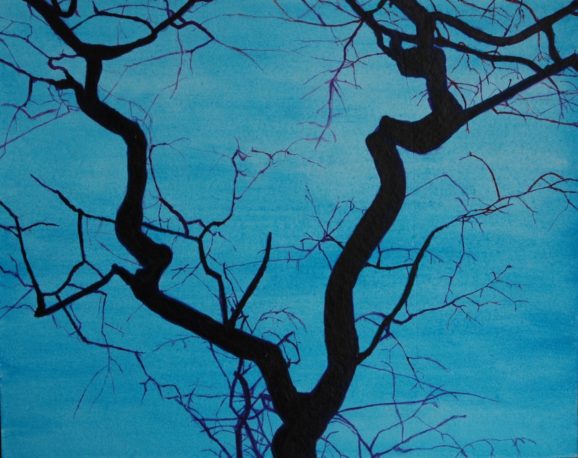
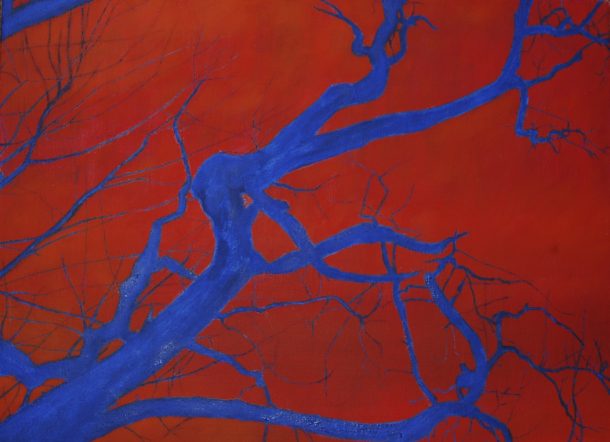
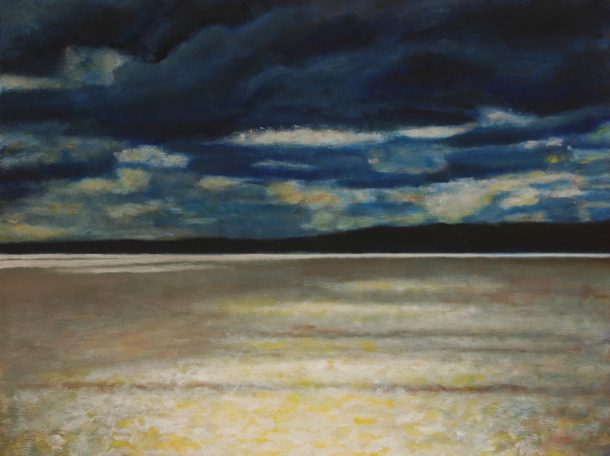
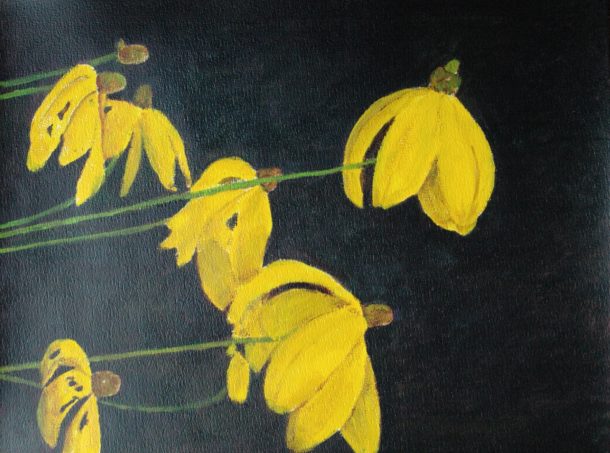
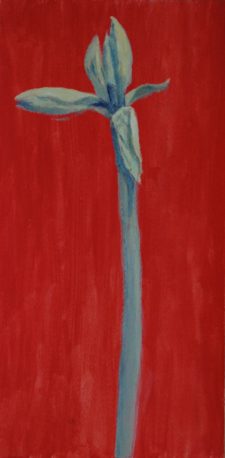
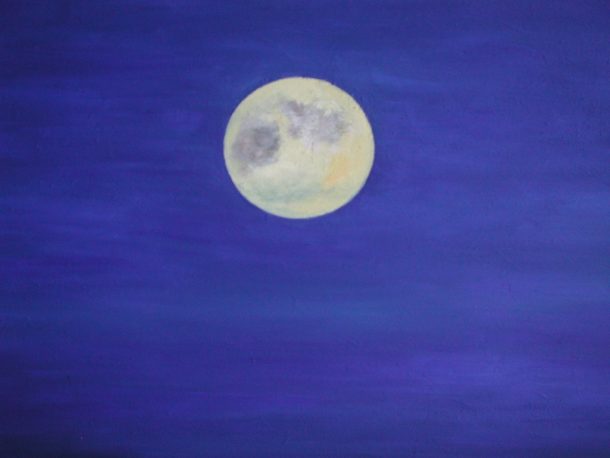

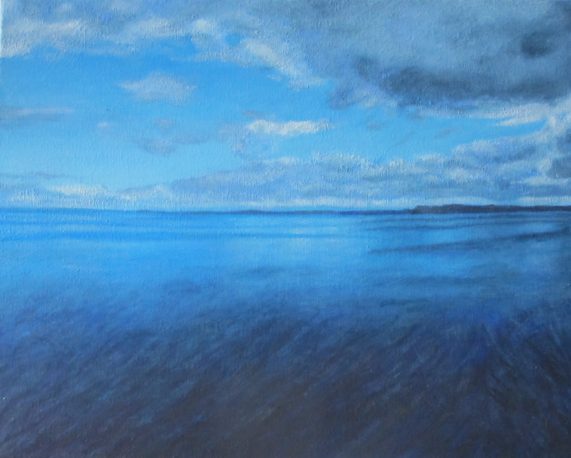















The opinions expressed by individual commentators and contributors do not necessarily constitute this website's position on the particular topic.